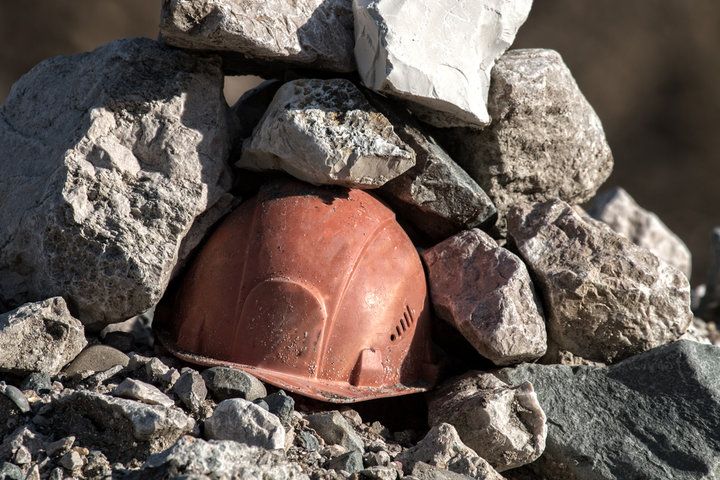
Introduction
In mining, security is non-negotiable. However, reality shows that small oversights can trigger tragedies. One of the most underrated factors is hand tools: choosing the wrong one in an explosive environment can turn a routine task into a disaster. Regulations such as ATEX (for explosive atmospheres) and international standards exist for a reason: to prevent accidents. When ignored, the consequences can be fatal.
Recurrent tragedies in coal mines in Colombia
Between 2021 and 2025, several explosions in underground mines (Boyacá, Cundinamarca) left dozens of victims. Example: La Chapa Mine (2022), 15 deaths; La Carbonera Mine (2021), 12 deaths. Common cause: Methane buildup and lack of control of ignition sources. Although official reports do not identify a specific tool as a direct cause, technical studies confirm that the use of unprotected equipment – including non-sparking tools – is a frequent source of ignition in this type of accident. Impact:
- Loss of life.
- Temporary closure of operations.
- Reputational damage for the companies involved.
Why does this happen?
- False economy: Choosing tools by price, ignoring certifications.
- Lack of knowledge: Lack of training on risks in explosive atmospheres.
- Lack of control: Failure to verify regulatory compliance (ATEX, ISO or local equivalents).
How to avoid it
- Use ATEX certified tools and conform to international standards.
- Train staff in critical environments.
- Regularly audit the condition and suitability of tools.
Investing in safety is not an expense: it is the difference between continuity and catastrophe. Every accident leaves a clear lesson: the right tool saves lives, prevents losses and protects reputation. In mining, where the margin of error is minimal, certification is the best insurance policy.
Final question
Are you sure that your tools meet the standards your operation needs?

